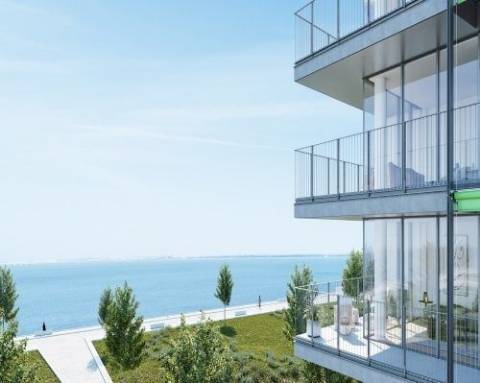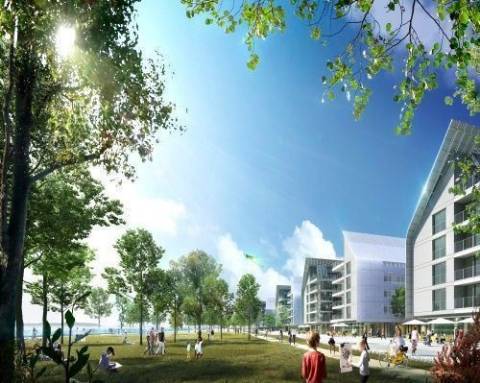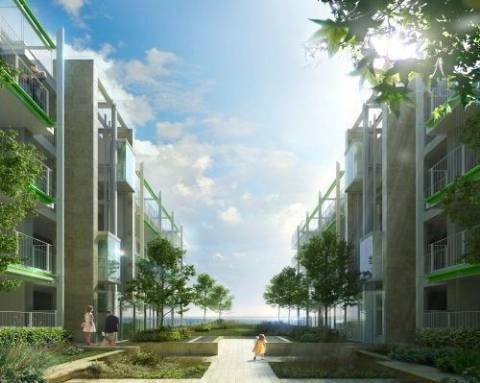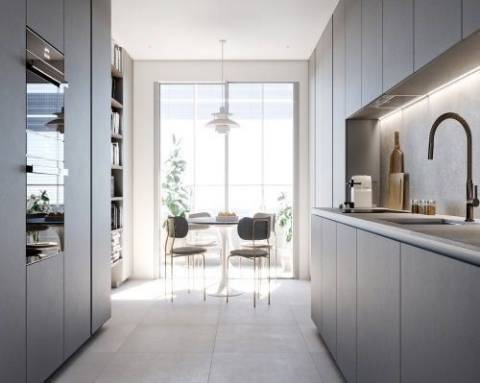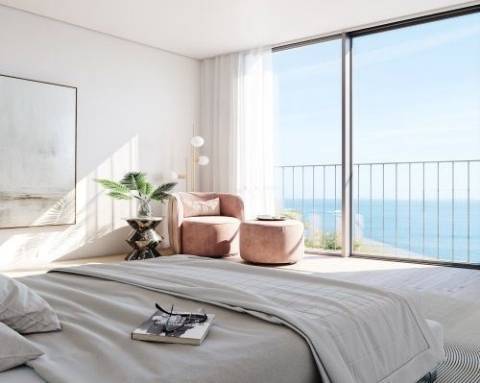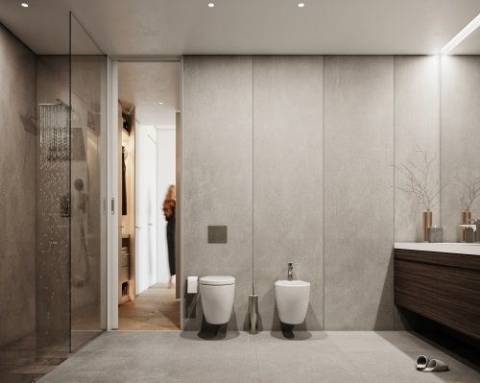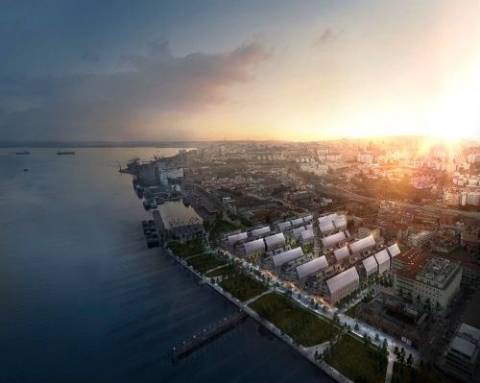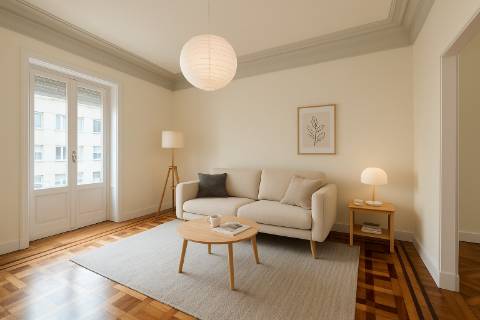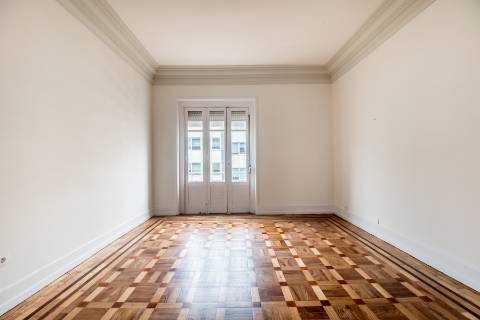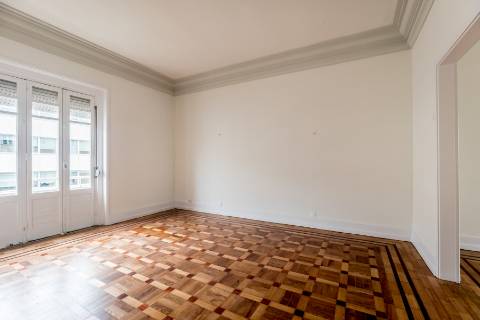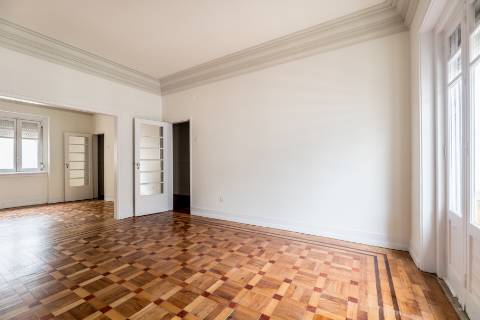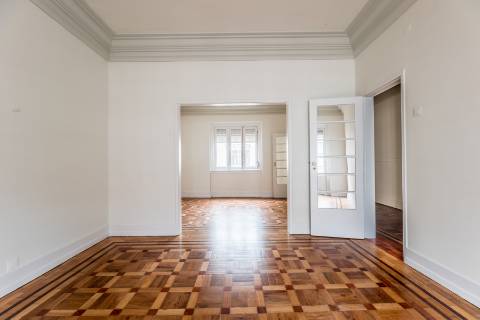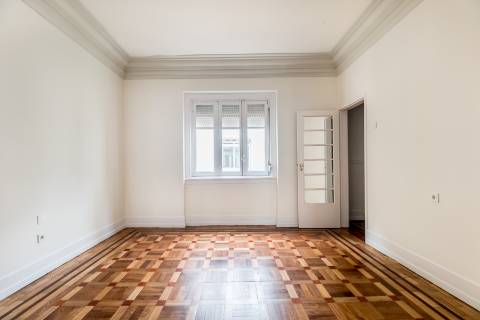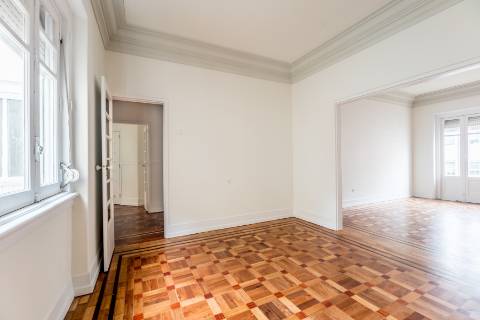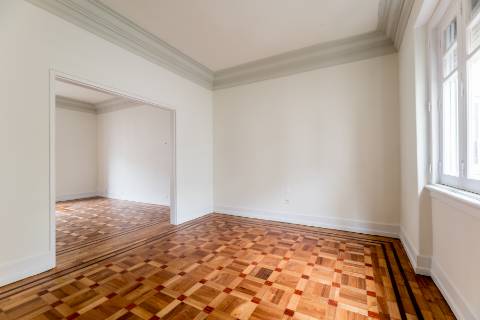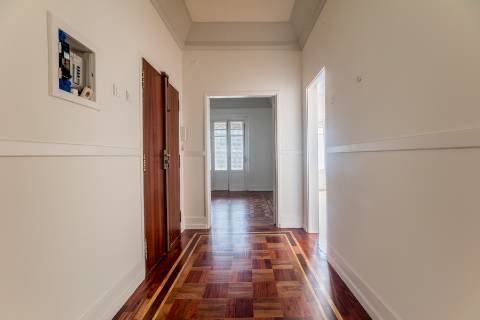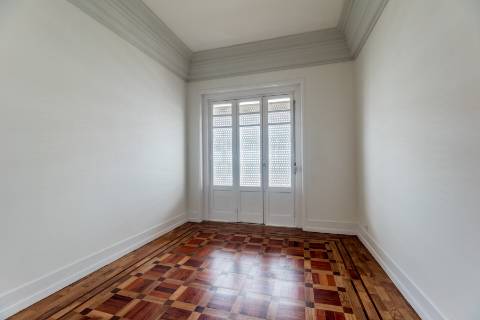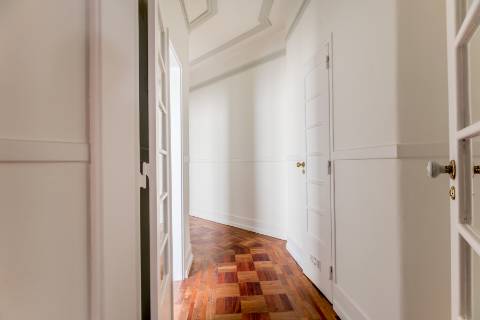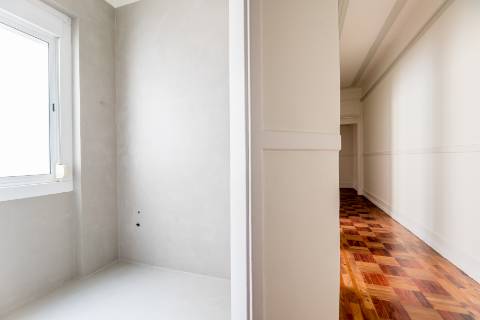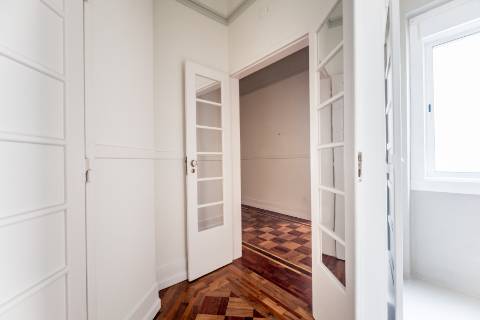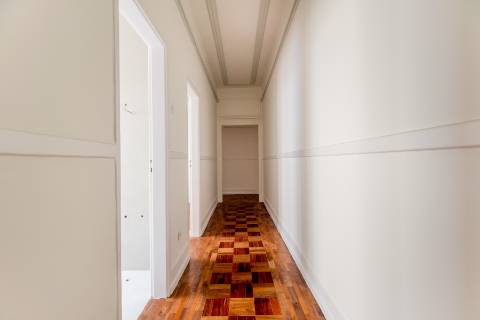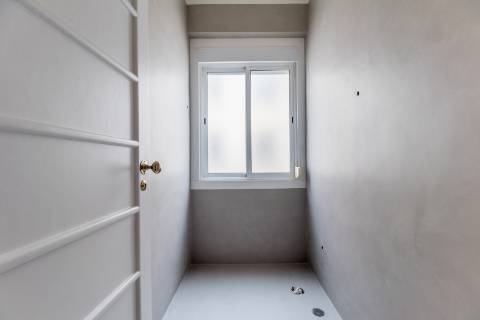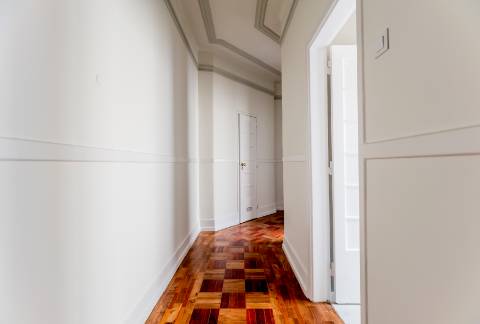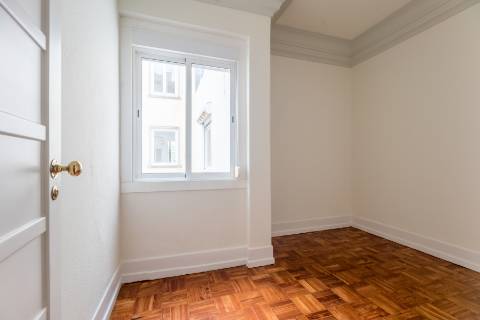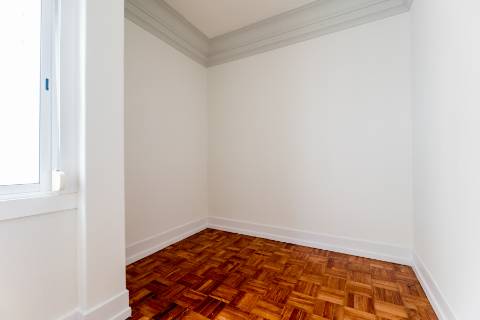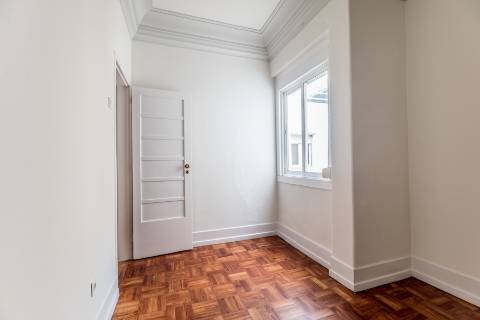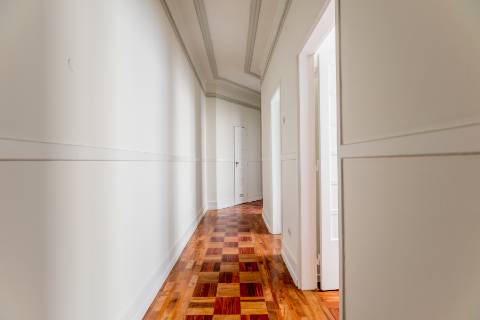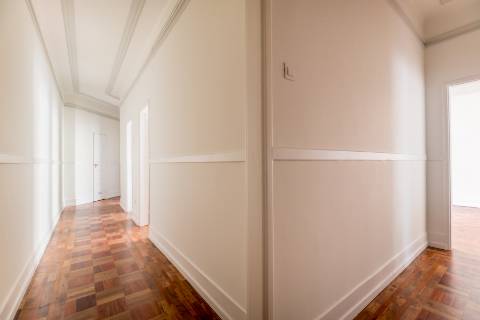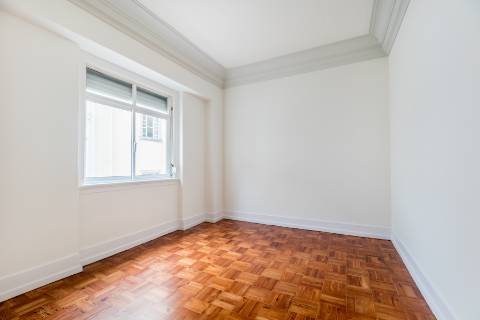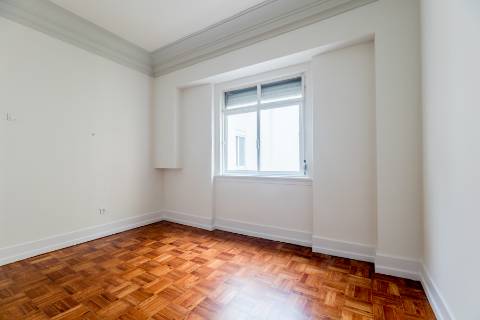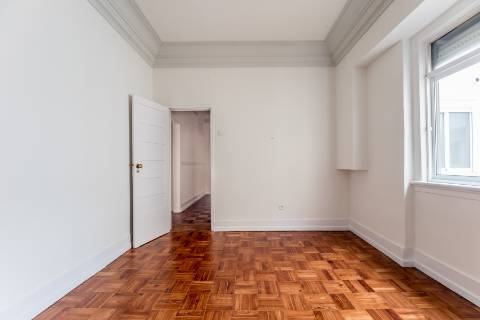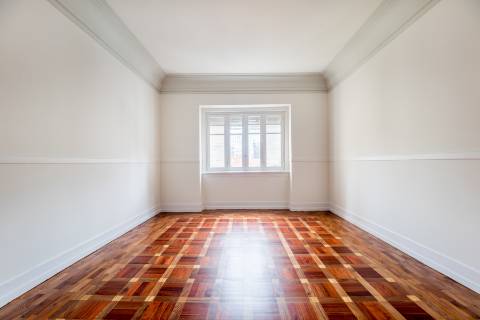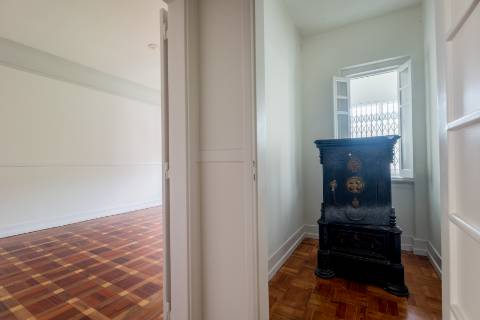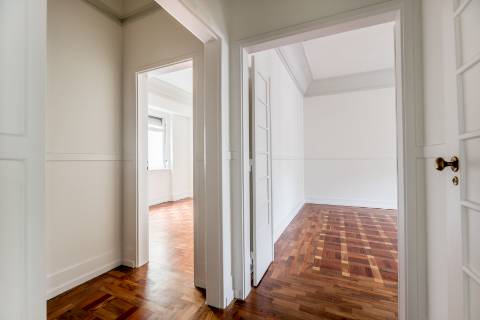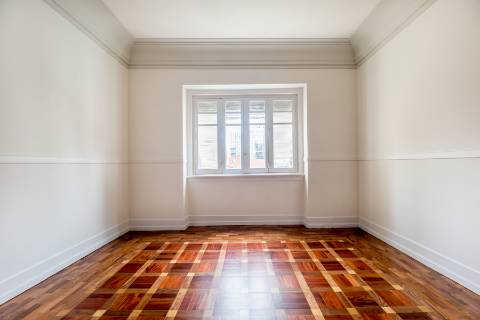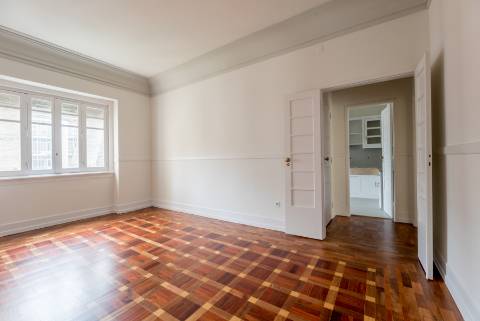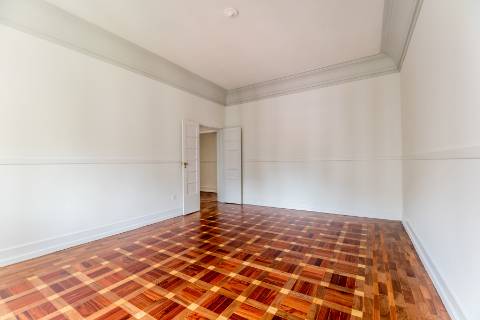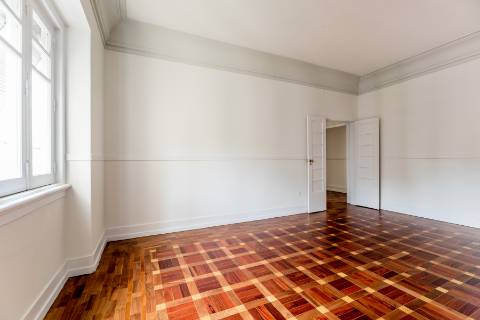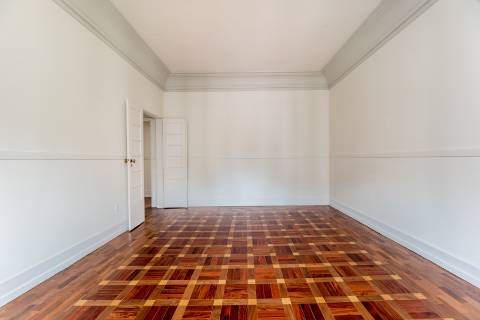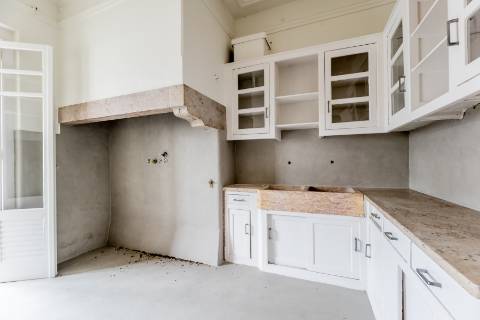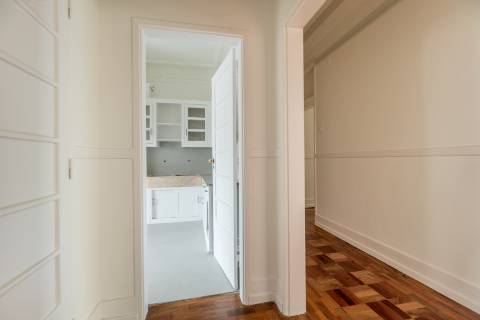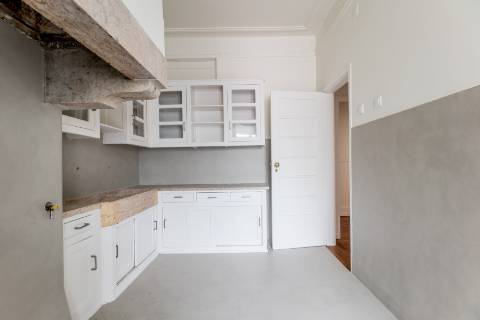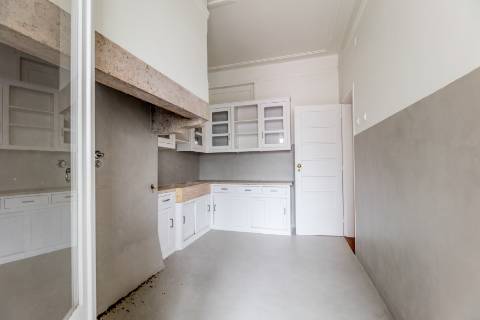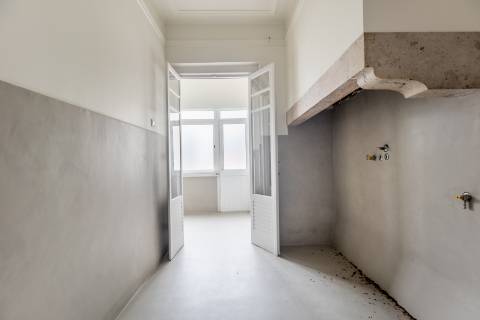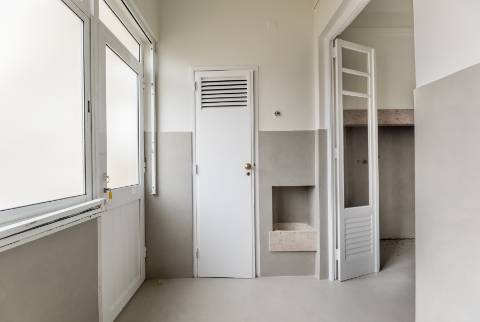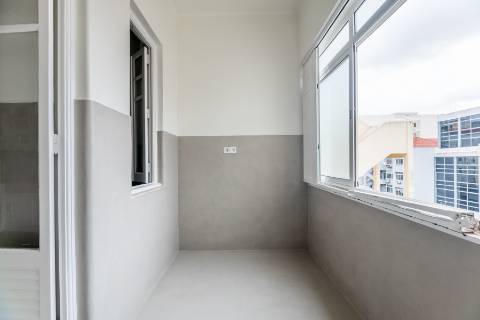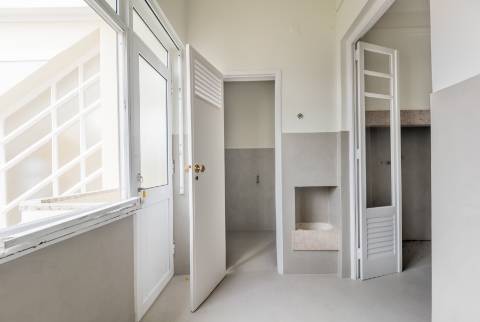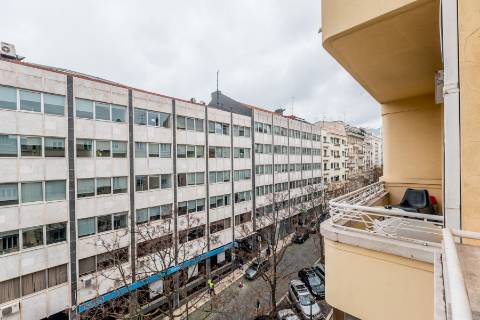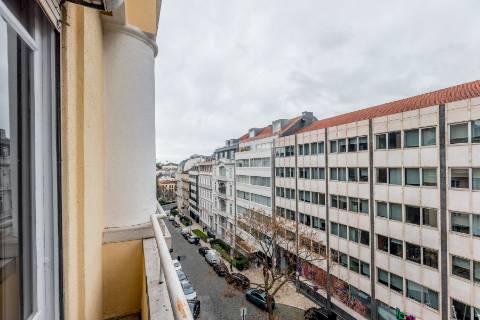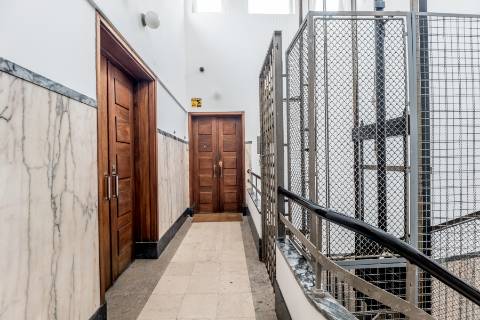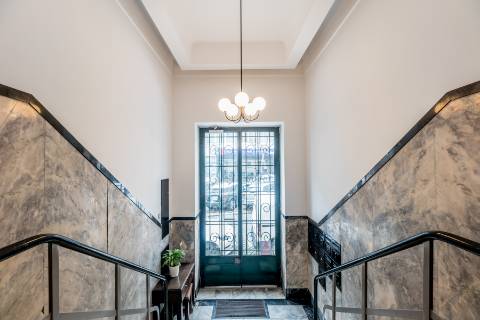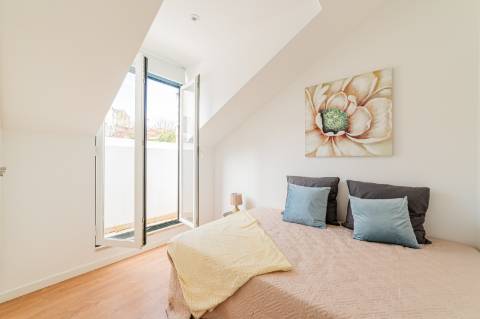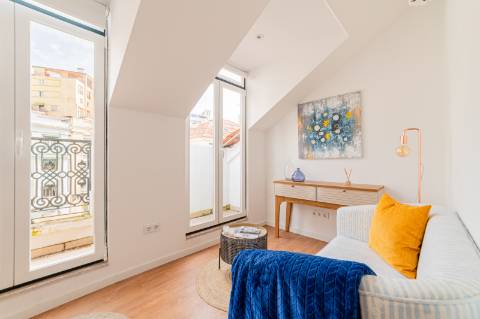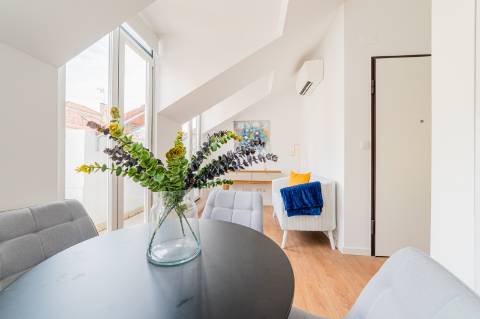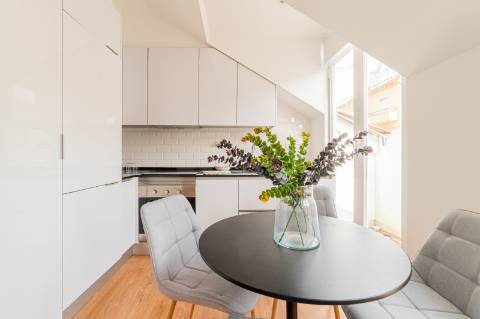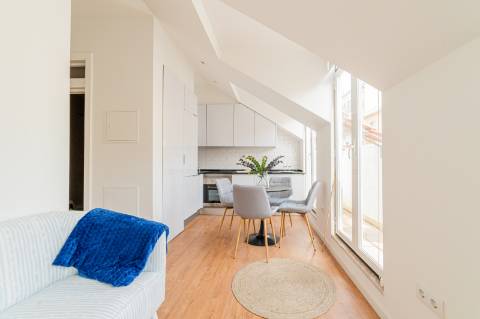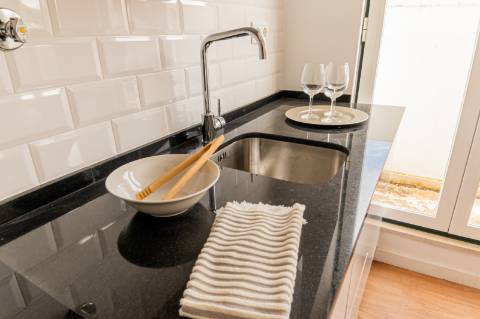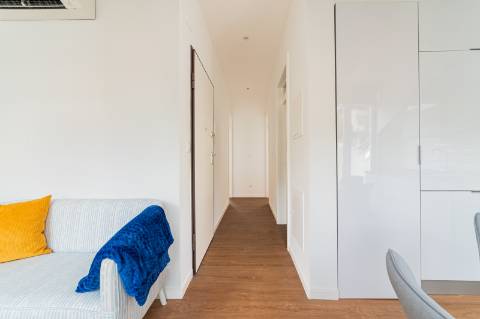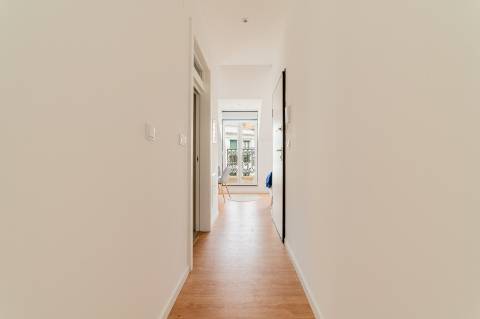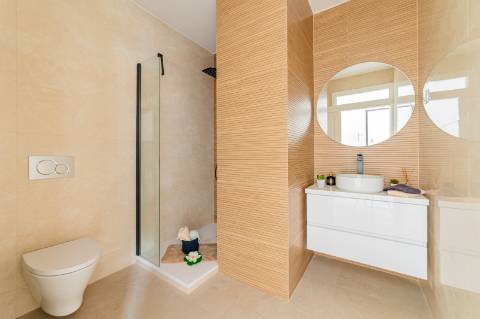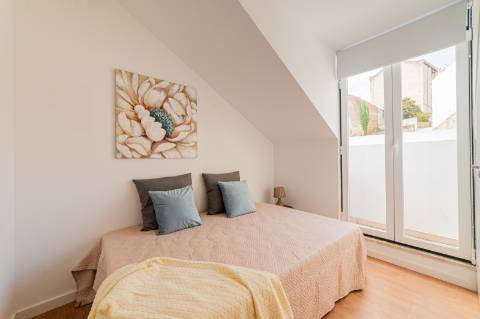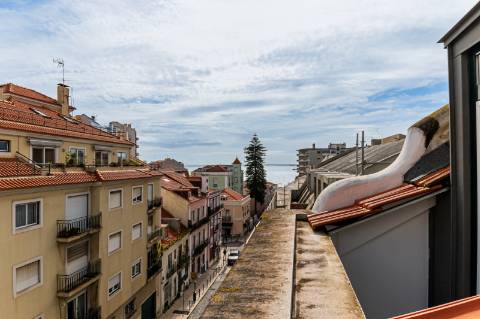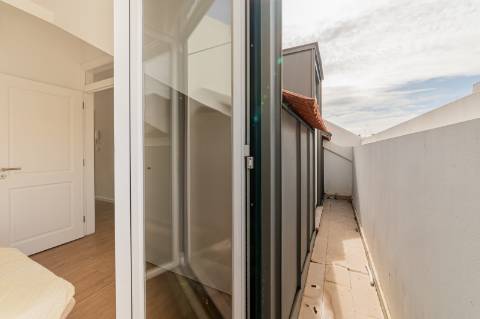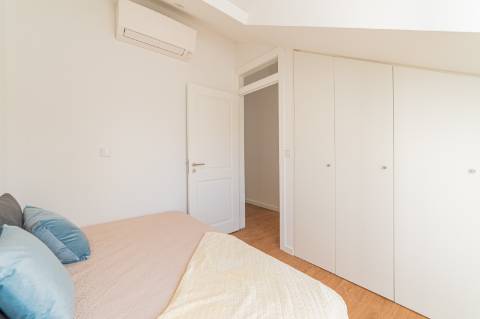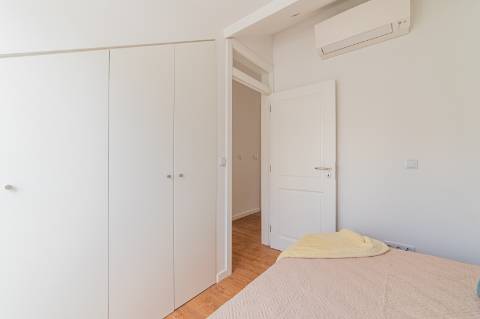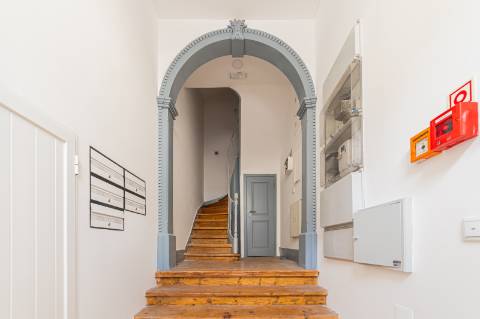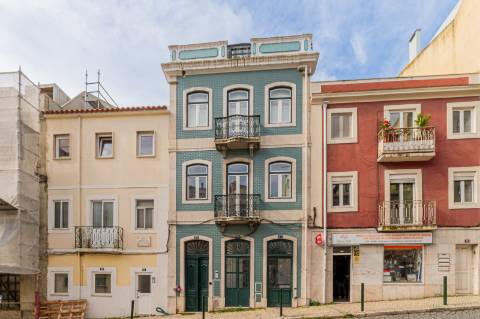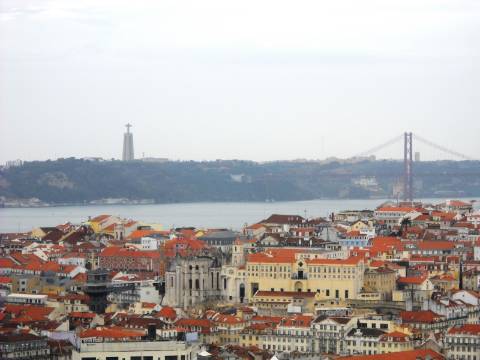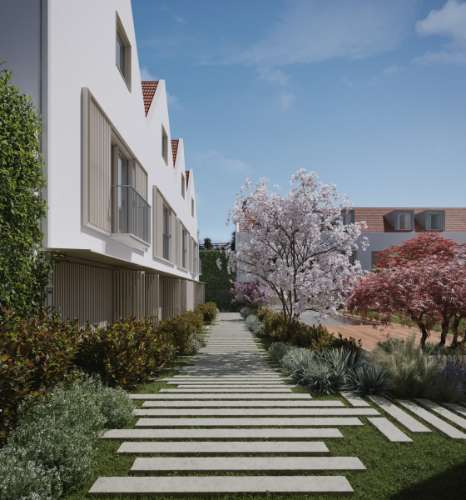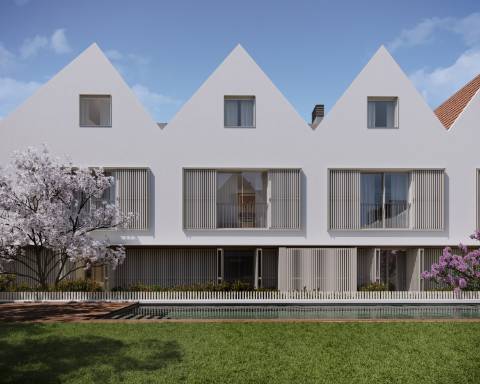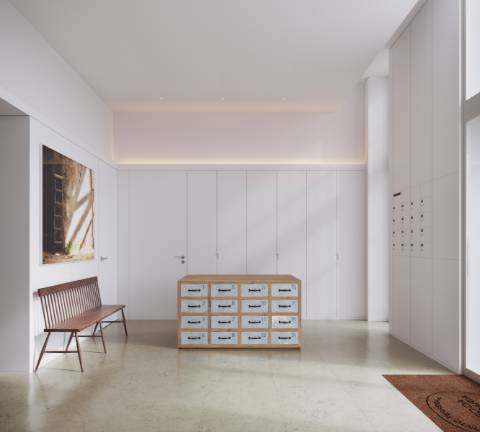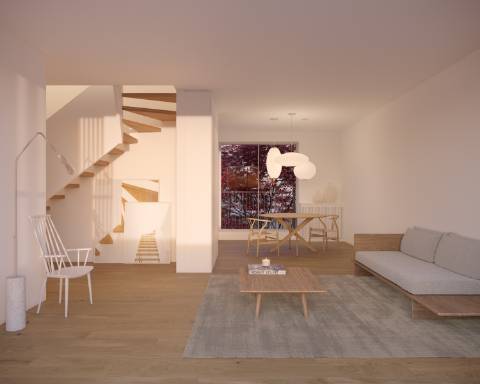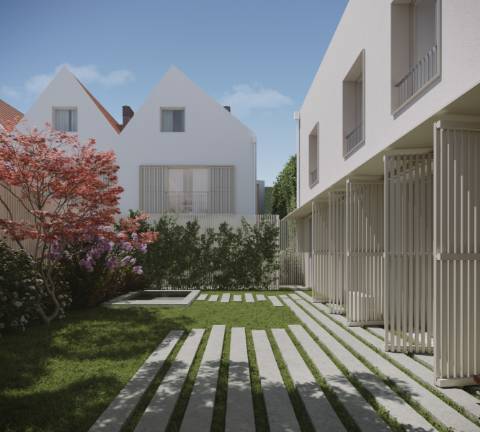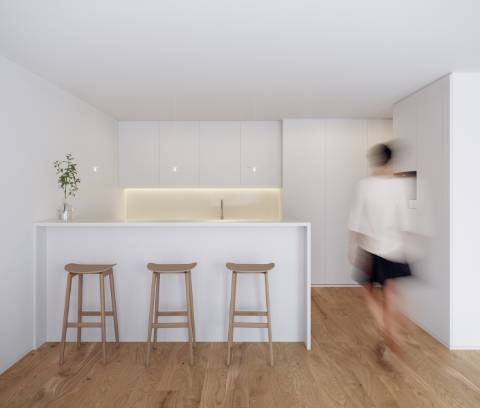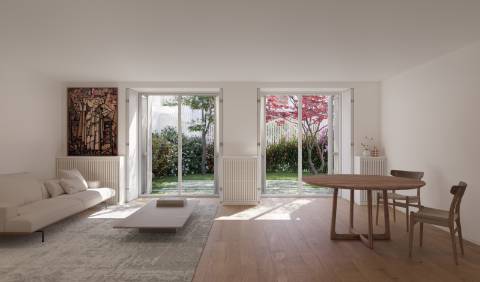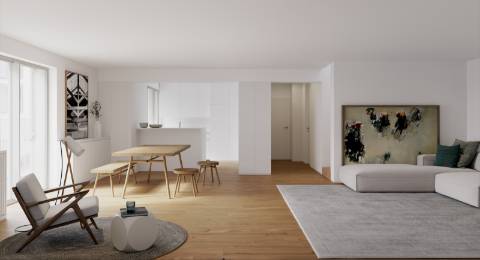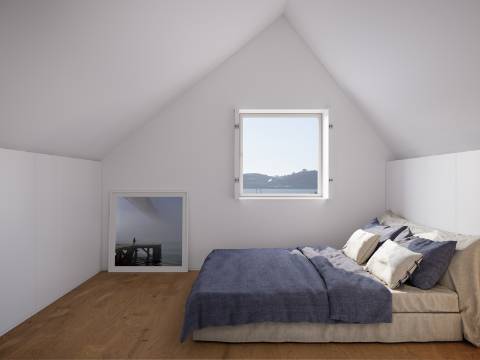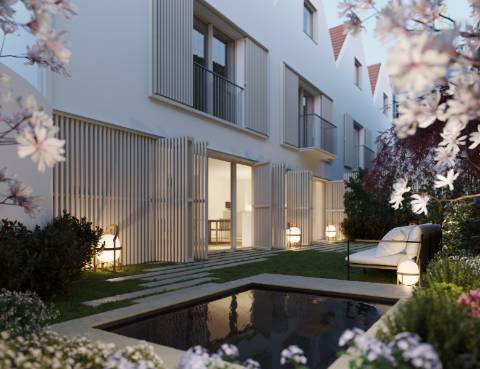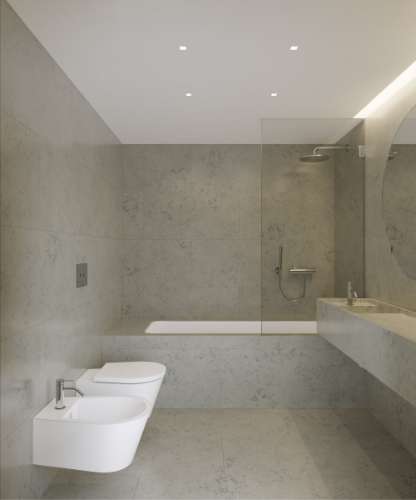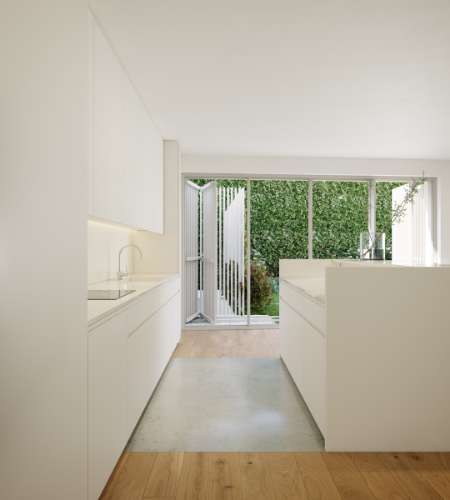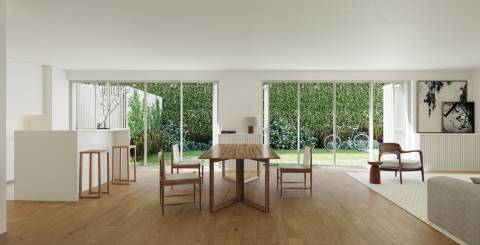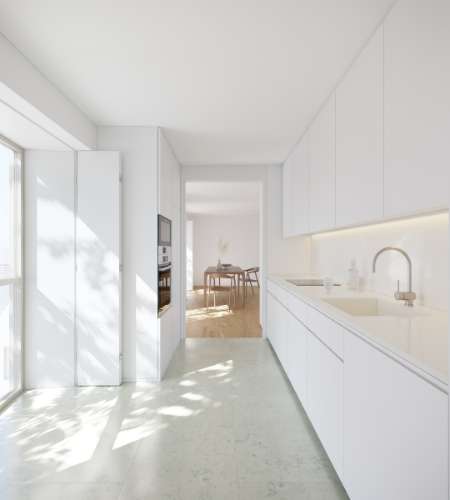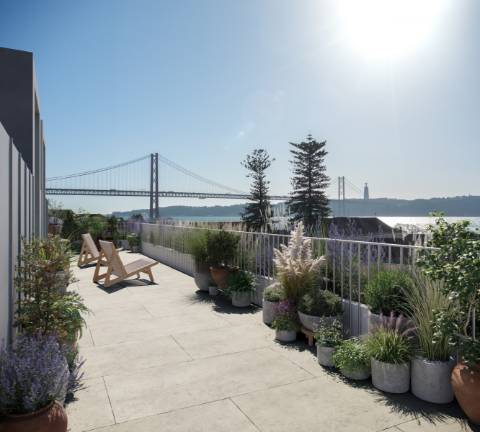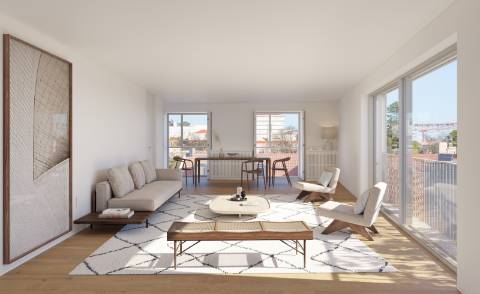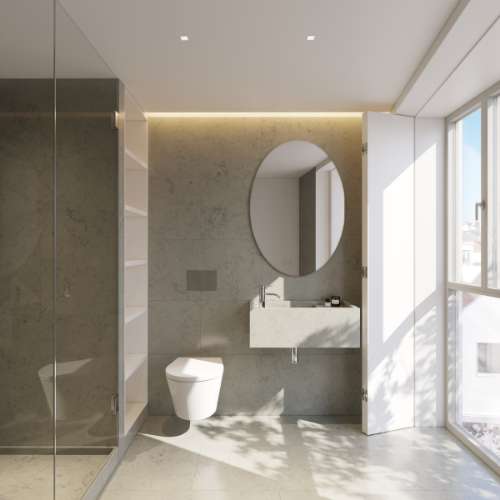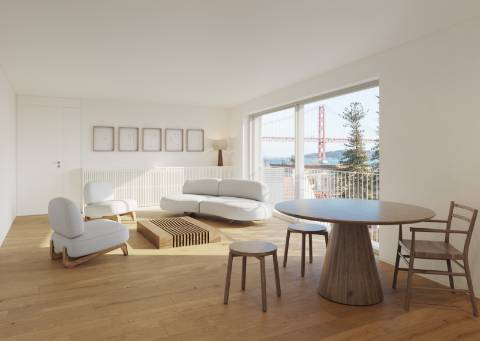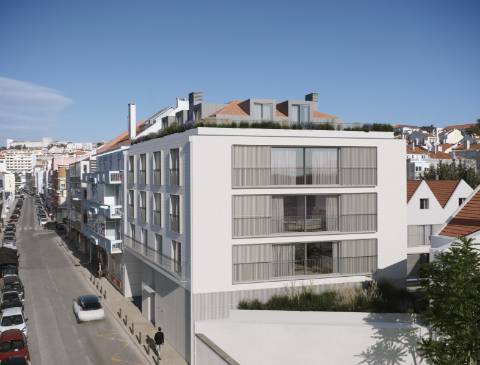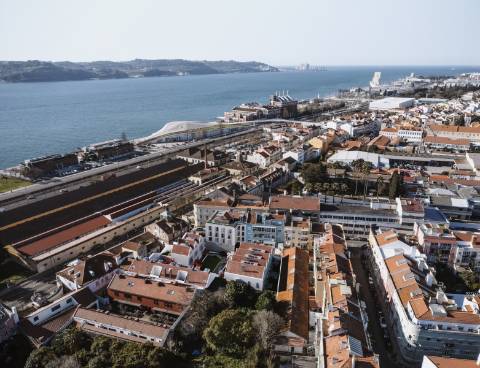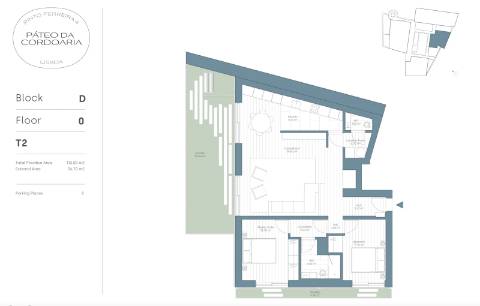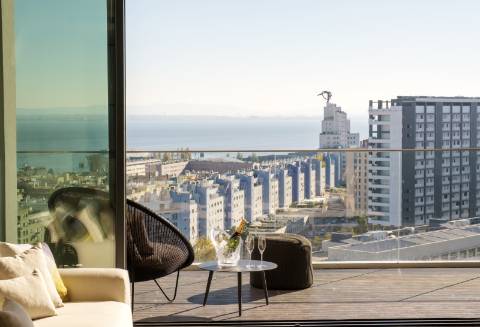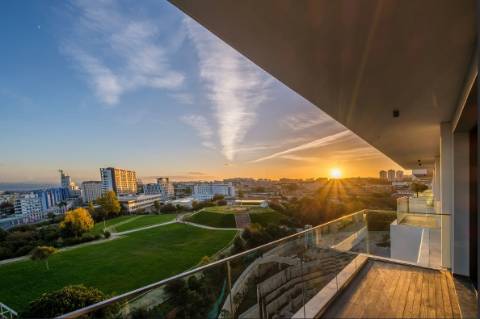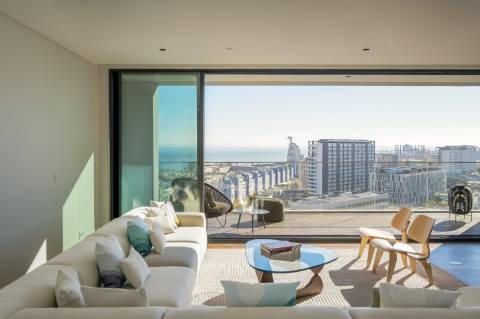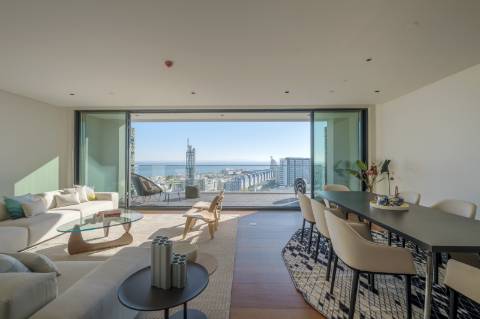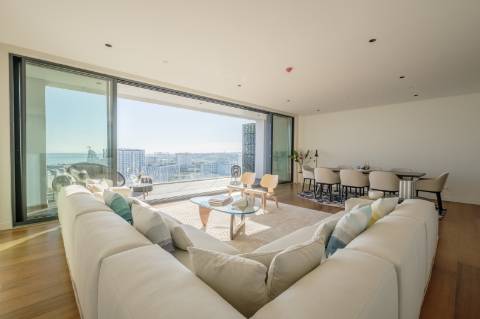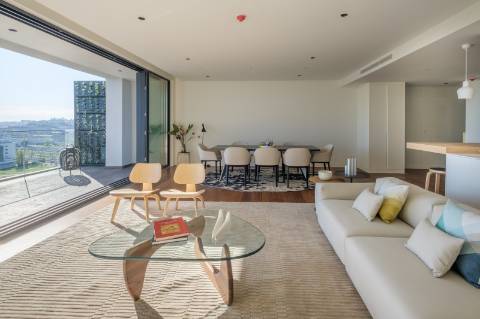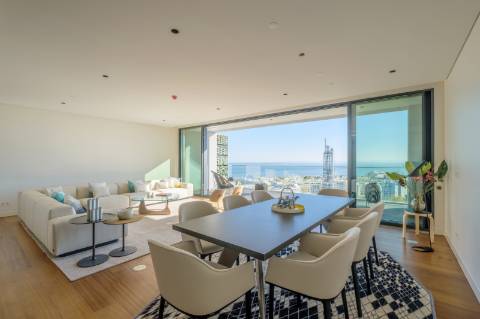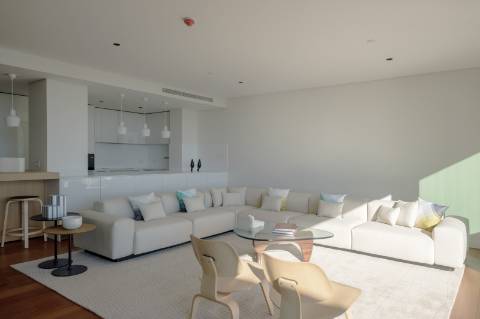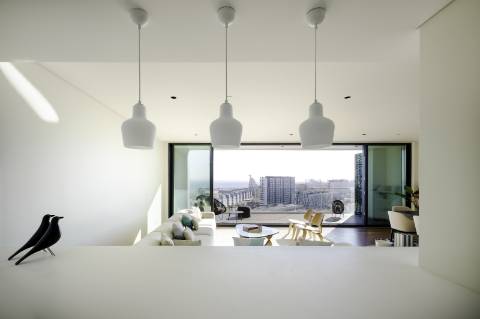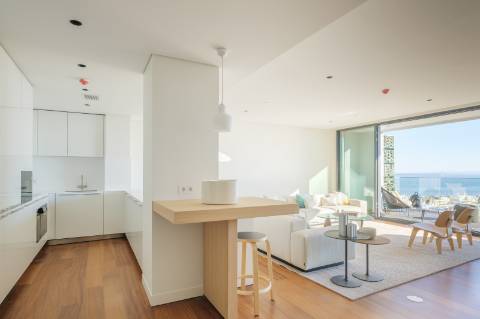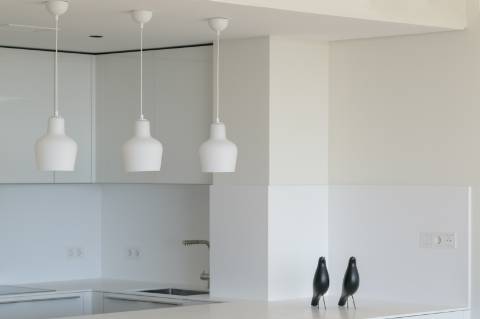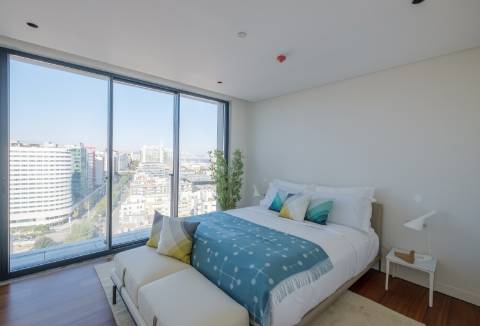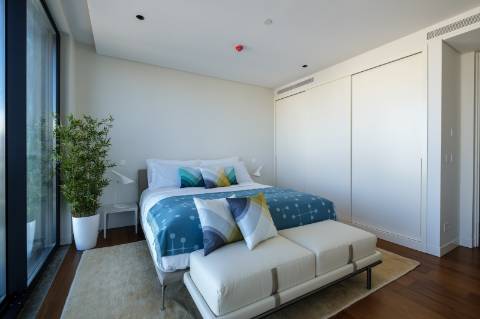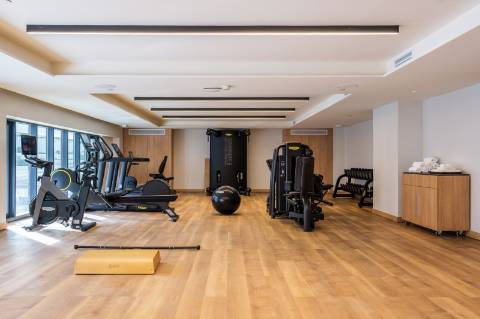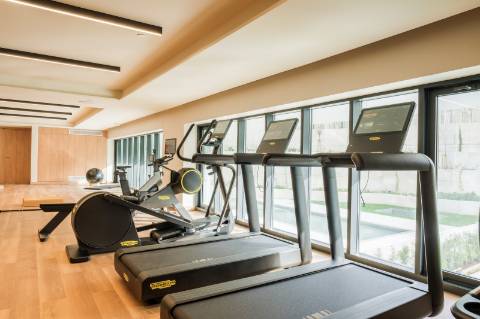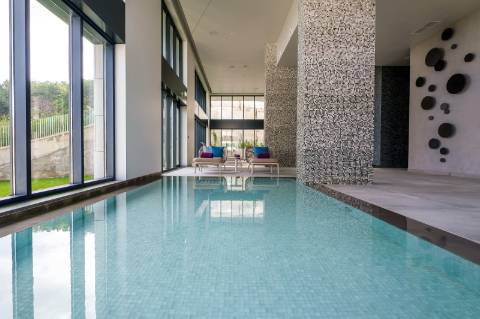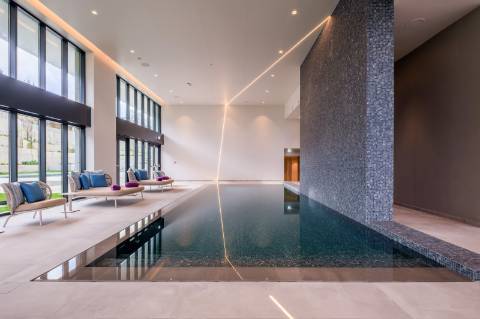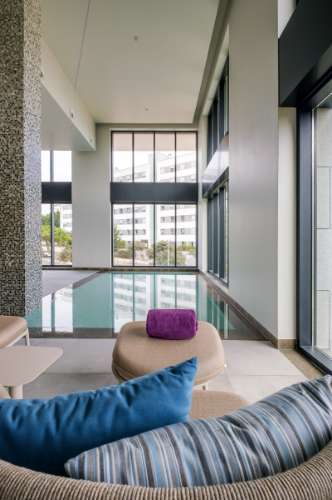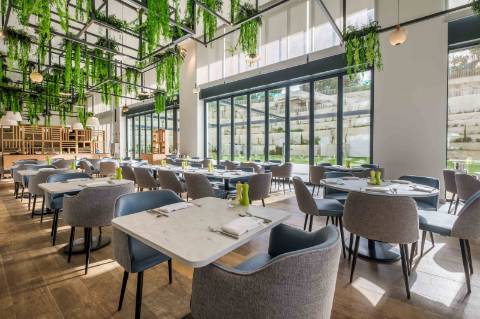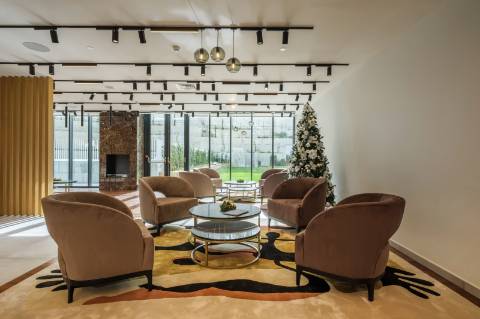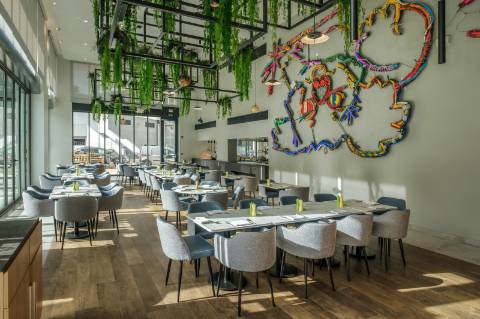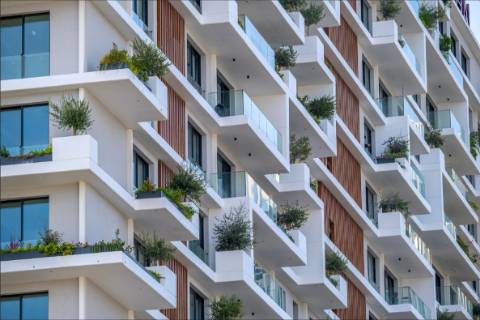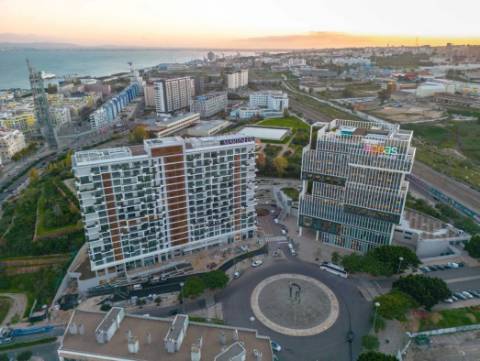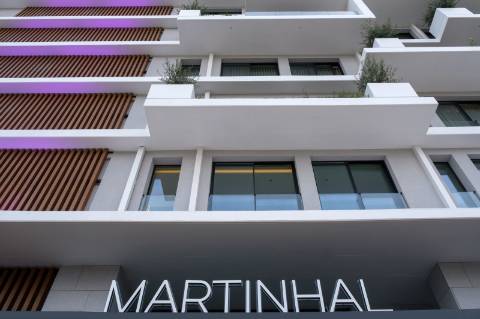



Apartamento T0 novo em empreendimento no Bairro de Campolide
Lisboa, Lisboa, Campolide
313 000 €
Área Útil:
28m2
Área Bruta:
68m2
Ano de Construção:
2022
Certificação Energética:
B
Estado:
Novo
Descrição do anúncio
Apartamento T0 novo em empreendimento no Bairro de Campolide.
Apartamento localizado na envolvente do Aqueduto das Águas Livres em Campolide, paredes meias com as Amoreiras, inserido em edifício do século XX, cuja arquitectura realiza a ponte entre o passado e o presente, mantendo alguns traços marcantes do edifício, como a chaminé em tijolo maciço na fachada tardoz, e a ornamentação e o revestimento na fachada principal a azulejos da antiga Fábrica de Sacavém.
Radiografia do apartamento:
- Porta de alta segurança da marca "Dierre"
- Pavimento sala e quarto em madeira nobre
- Cozinha equipada com electrodomésticos integrados Bosch
- Wc em pedra mármore
- Vidros Duplos
Flat T0 new in development in the neighborhood of Campolide.
Flat located in the surroundings of the Águas Livres Aqueduct in Campolide, half walls with the Amoreiras, inserted in twentieth century building, whose architecture bridges the gap between past and present, maintaining some striking features of the building, such as the chimney in solid brick on the rear facade, and the ornamentation and coating on the main facade to tiles of the former Fábrica de Sacavém.
X-ray of the flat:
- High security door of the brand "Dierre".
- Living room and bedroom flooring in noble wood
- Kitchen equipped with integrated Bosch appliances
- Wc in marble stone
- Double-glazed windows
Campolide is a Portuguese parish in the municipality of Lisbon, belonging to the Central Zone of the capital.
It was one of the 12 parishes created by the administrative reform of the city of Lisbon on February 7, 1959, by disannexation of the parish of São Sebastião da Pedreira.
In the territory that today constitutes the parish of Campolide, traces of human occupation are known since the dawn of Prehistory. Several archaeological stations are referenced in the area of Campolide, from the Lower Palaeolithic (Alto da Serafina, Calçada dos Mestres, Casal do Sola, Terras do Pita, Santana, Rabicha) to the Neolithic and Chalcolithic (Sete Moinhos, Vila Pouca). Most of these stations have been destroyed today, and their remains are scattered around the National Archaeology, Geological Survey and City museums. During the construction of the Rossio tunnel (on the Campolide side called Rabicha) two galleries were found for the exploitation of flint, an essential raw material for the manufacture of weapons and utensils, before the general use of metals.
Apartamento localizado na envolvente do Aqueduto das Águas Livres em Campolide, paredes meias com as Amoreiras, inserido em edifício do século XX, cuja arquitectura realiza a ponte entre o passado e o presente, mantendo alguns traços marcantes do edifício, como a chaminé em tijolo maciço na fachada tardoz, e a ornamentação e o revestimento na fachada principal a azulejos da antiga Fábrica de Sacavém.
Radiografia do apartamento:
- Porta de alta segurança da marca "Dierre"
- Pavimento sala e quarto em madeira nobre
- Cozinha equipada com electrodomésticos integrados Bosch
- Wc em pedra mármore
- Vidros Duplos
Flat T0 new in development in the neighborhood of Campolide.
Flat located in the surroundings of the Águas Livres Aqueduct in Campolide, half walls with the Amoreiras, inserted in twentieth century building, whose architecture bridges the gap between past and present, maintaining some striking features of the building, such as the chimney in solid brick on the rear facade, and the ornamentation and coating on the main facade to tiles of the former Fábrica de Sacavém.
X-ray of the flat:
- High security door of the brand "Dierre".
- Living room and bedroom flooring in noble wood
- Kitchen equipped with integrated Bosch appliances
- Wc in marble stone
- Double-glazed windows
Campolide is a Portuguese parish in the municipality of Lisbon, belonging to the Central Zone of the capital.
It was one of the 12 parishes created by the administrative reform of the city of Lisbon on February 7, 1959, by disannexation of the parish of São Sebastião da Pedreira.
In the territory that today constitutes the parish of Campolide, traces of human occupation are known since the dawn of Prehistory. Several archaeological stations are referenced in the area of Campolide, from the Lower Palaeolithic (Alto da Serafina, Calçada dos Mestres, Casal do Sola, Terras do Pita, Santana, Rabicha) to the Neolithic and Chalcolithic (Sete Moinhos, Vila Pouca). Most of these stations have been destroyed today, and their remains are scattered around the National Archaeology, Geological Survey and City museums. During the construction of the Rossio tunnel (on the Campolide side called Rabicha) two galleries were found for the exploitation of flint, an essential raw material for the manufacture of weapons and utensils, before the general use of metals.
Características Gerais
- Studio
Galeria do imóvel






Localização do imóvel
Lisboa, Lisboa, Campolide
Referência do anúncio: S-2435/1. Última atualização: 09 dezembro 2024.
Relatório de preços praticados nos últimos 8 meses
Lisboa, Lisboa, CampolideSimule um Crédito Habitação
Os dados apresentados são meramente indicativos.
Condições gerais
Right Solution
AMI 9645

Última atualização: 09 dezembro 2024.
Veja também
Anúncios na mesma zona
Partilha o imóvel: Apartamento T0 novo em empreendimento no Bairro de Campolide
Partilha este imóvel nas tuas redes sociais ou envia diretamente para o email dos teus amigos.
Partilhar por email
Adicione uma nota ao imóvel!
Só você é que vê as notas que adiciona. Os imóveis com notas ficam nos favoritos para os poder consultar mais tarde.
Excluíste o anúncio:
Apartamento T0 novo em empreendimento no Bairro de Campolide
{notaTxt}













